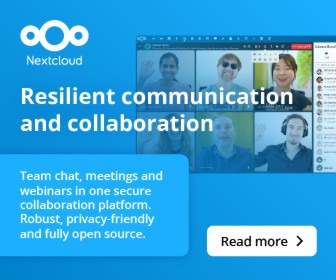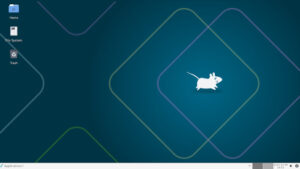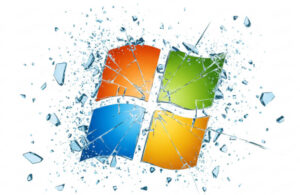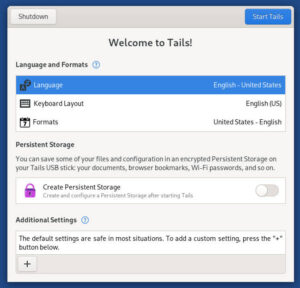If you’re still running CentOS 6, you know for a fact that you need to get to another operating system pronto. The folks CloudLinux/AlmaLinux know this, and have made changes to their open-source lift-and-shift tool, ELevate, so that you can now easily move from CentOS 6 to land on the latest version of just about any RHEL look-alike that you want.
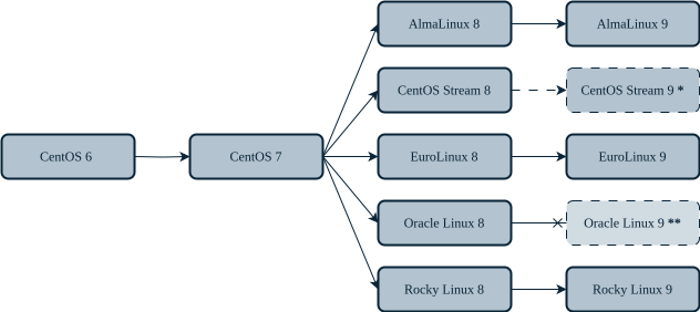
Until this week, if you were one of the organizations still running CentOS 6, things were going to get… well, problematic. Already, CentOS 6 hasn’t been officially supported since November 2020, and any sort of relatively easy upgrade path was set to vanish on June 30 when CentOS 7, the last standing supported version of CentOS that’s a downstream version of Red Hat Enterprise Linux, reaches end-of-life.
That rather dire prognosis got a little better on Thursday when the folks at AlmaLinux and CloudLinux announced that ELevate, an app for lifting and shifting RHEL clones across distros and across versions, can now accommodate users of CentOS 6. This means that using ELevate, servers running CentOS 6 can now more easily be upgraded to CentOS 7, and from there continue to be upgraded to versions 8 or 9 of the distros that ELevate supports, which currently are AlmaLinux, CentOS Stream, EuroLinux, Oracle Linux, or Rocky Linux.
Typical for tools such as this there are a few caveats, of course. For example, at present the upgrade path to CentOS 8 Stream works fine but upgrading to CentOS Stream 9 is “currently in process and will be available later.” To upgrade to Oracle Linux 9, use ELevate to upgrade to Oracle Linux 8, but from there you’ll need to use the Leapp command line tool along with some instructions from Oracle.
ELevate Helps Reduce the Cost of Migration
If you’re surprised that there are still servers in data centers running CentOS 6, which hasn’t been supported for nearly four years, don’t be. Even under normal situations, running outdated operating systems is more common than you may think, and organizations running CentOS were caught in the lurch when Red Hat suddenly decided to completely change the distro’s direction.
“If your whole fleet is running on Centos 6, and you have 10,000 systems, it’s going to be disruptive,” Joao Correia, an evangelist for Tux Care — which supplies support services for a number of Linux distributions, including versions that are no longer officially supported — told FOSS Force. “It’s going to be very costly. It’s going to take a lot of time. You’re going to have to do a lot of preparation work; you’re going to have to do a lot of testing. You need to make sure that not only the operating systems are running correctly, but also your applications and your workloads.”
Even in so-called simple migrations, Correia said, this includes expecting the unexpected.
“Simple stuff like libraries being renamed,” he said, “files not being in the same place as the scripts expected, or different directories being in play. All of that can break your your existing tooling; all of that can break your existing workloads.”
Compliance issues can also come into play. Correia said that in many instances a company can keep its compliance certifications when running outdated systems, as long as they continue to receive support from a recognized aftermarket support service such as Tux Care, but moving to a new operating system often requires the expense of recertification.
For reasons such as these, even when an IT department understands the need to move away from dated software, convincing the suits who must give the go-ahead can be a hard sell.
“In the real world, most companies are not tech savvy,” he said. “Most CEOs don’t see the value in a change like that and most C-level people will not approve the expenditure that comes with something like that, simply because they don’t understand the benefits that they might reap from it.”
In other words, he said, it’s difficult for IT people to justify to the satisfaction of the suits the spending of $50,000 to buy new equipment or to allocate people to a migration project when the data center seems to be running just fine.
Having quality free tools such as ELevate available to make the process easier, and therefore cheaper, helps to take some of the pain away.
Christine Hall has been a journalist since 1971. In 2001, she began writing a weekly consumer computer column and started covering Linux and FOSS in 2002 after making the switch to GNU/Linux. Follow her on Twitter: @BrideOfLinux

